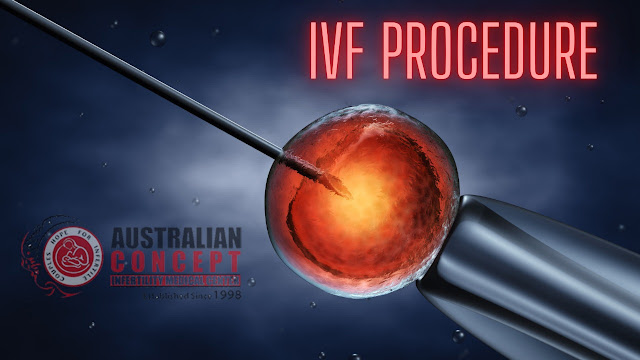What is embryo cryopreservation?
The process of freezing the extra embryos and then using it later is called embryo cryopreservation. This process can be useful during the In Vitro Fertilization. The reasons for embryo cryopreservation can be different Some can do that to use the stored embryos in the other pregnancy later. These embryos can be saved, donated to those who need or can be used for research processes. Some times when there is a high number of embryos then the better option is to eliminate those extra embryos. These can also be used in the IVF process. If the process fails the first time then the second time the embryos can be used.
Embryos Preservation
The embryos are stored under special conditions inside the laboratory. A liquid called cryoprotective agents is used for the protection of the embryos. The procedure used basically for the preservation of the embryos is slow programmable freezing and vitrification.
In the slow programmable process, the embryos are freeze gradually, in stages. The cryoprotective agents are added to the embryos in expanding qualities. At that point, the incipient organisms are gradually cooled more than two hours in a machine that brings down the temperature step by step. When solidified, the fetuses are put away in fluid nitrogen at - -196.1° Celsius.
On the other hand, Vitrification is a quick solidifying procedure that utilizes a lot of higher qualities of cryoprotective agents. The specialist initially blends the cryoprotective agents with the embryos using this technique. CPAs that are exceptionally solid can likewise hurt the cell. To keep this, the incipient organisms are immediately put into the fluid nitrogen. This IVF procedure transforms them into a nearly strong state, similar to glass.
The embryos are usually frozen for the time duration of one to six-day and these embryos can be melted when there is such requirement. The normal water balance can be maintained maintain by using the special fluids to remove the agents in the embryos.
When they are solidified, the embryos are put away in fixed fluid nitrogen coolers. It can be there for any number of years. No certain time limit is still known n for how long the embryos stored are safe for use.






Women who undergo IVF have a greater risk of developing this condition than those who do not. It is rare, affecting only 5% of women, but it can be serious if it develops. OHSS is caused by a hormone called human chorionic gonadotropin (HCG). High levels of this hormone cause the ovaries to become swollen and leak fluid. It typically happens within a week of receiving the trigger injection. Symptoms include loss of appetite, nausea, diarrhea, bloating, and pain. The Best IVF Center in Pakistan is Australian Concept infertility medical center.
ReplyDelete